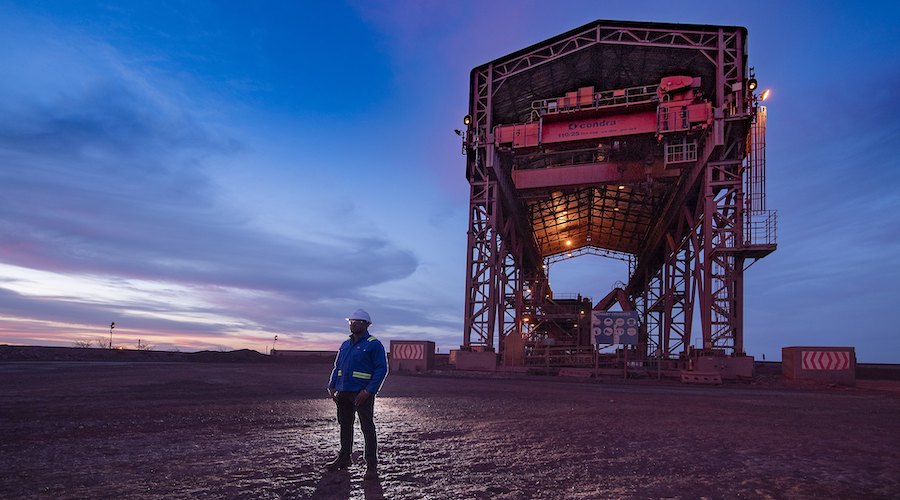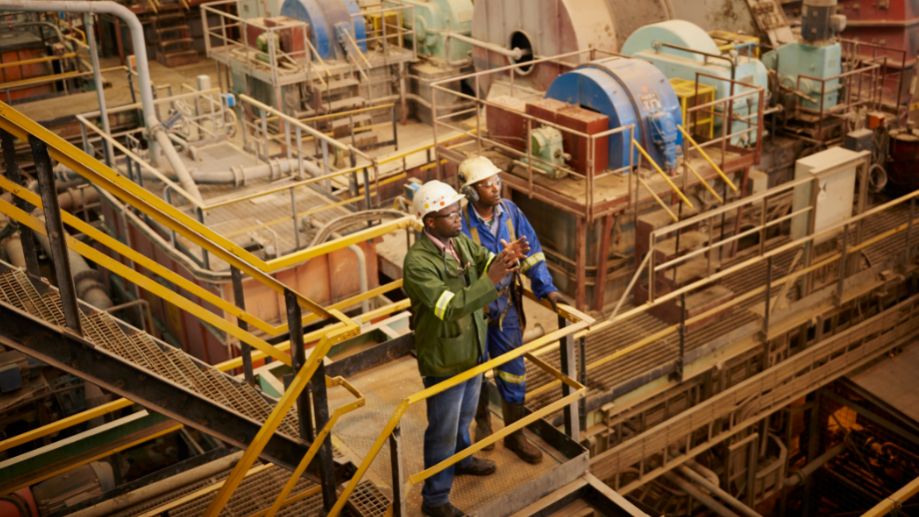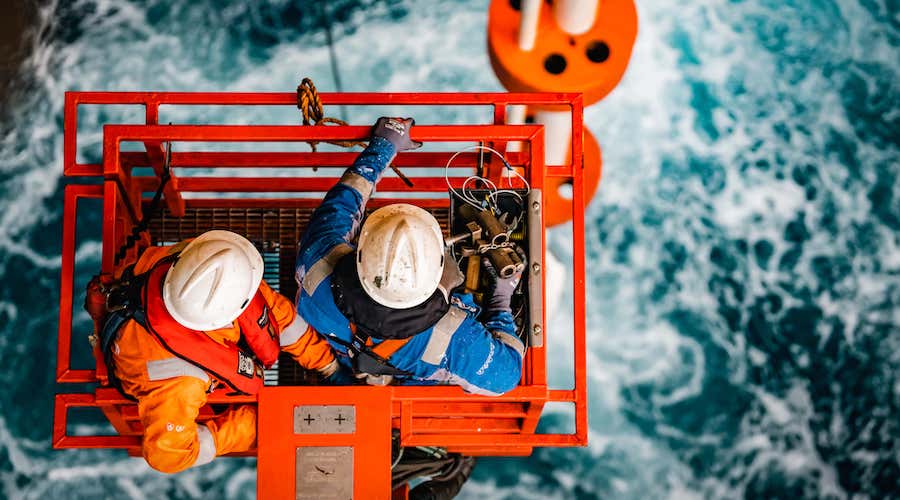Anglo American, Nippon Steel to work on low-carbon steelmaking

Anglo American (LON: AAL) and Japan’s Nippon Steel (TYO: 5401) have joined forces to develop solutions for lower-carbon steelmaking, a process responsible for up to 9% of global greenhouse emissions.
The companies will research ways to optimize premium lump ore produced by Anglo American’s mines in Brazil and South Africa to decrease emissions in the traditional blast furnace (BF) steelmaking process.
The partners will also focus on studying the use of Anglo’s iron ore in the more carbon-efficient direct reduction iron (DRI) steelmaking method.
DRI is estimated to generate significantly lower emissions than the more prevalent steelmaking routes of blast furnaces and basic oxygen furnaces.
Anglo American, which supplies coking coal and iron ore to steel customers around the world, has a target to reduce Scope 3 emissions by 50% across its operations by 2040.
Nippon Steel announced last year it launched a series of initiatives to achieve carbon neutrality by 2050. It also expects to have a direct hydrogen-reduction steelmaking process for commercialization by then.
The steelmaking process involves adding coking coal to iron ore to make the alloy, which makes the sector one of the world’s heaviest polluters.
“By working together, we can drive towards system-level decarbonisation and pave the way for sustainable steelmaking,” Peter Whitcutt, Anglo American’s marketing branch boss said in the statement.
“Working with our customers is one of the cornerstones of our efforts to reduce emissions across our entire value chain – the majority of which are associated with the downstream use of our products in steelmaking,” Whitcutt noted.
Nippon and Anglo’s relationship spans more than five decades, which bodes well for this endeavour to further combine the groups’ expertise.
Anglo American has signed similar agreements with other steel producers, including Germany’s Salzgitter Flachstahl.
The partners are researching feed materials, including iron ore pellets and lump iron ores, that can be suitable for use in DRI steelmaking based on natural gas and hydrogen.
Wood Mackenzie estimates that the steel industry’s carbon emissions will fall 30% by 2050 from 2021 levels.
More News
{{ commodity.name }}
{{ post.title }}
{{ post.date }}



Comments